

Enigmash is for clever people. I included myself among their number until about a fifth of the way in. I was very clever indeed, thank you very much. Right up until I wasn’t. But Enigmash makes me wish I were.
Actually, Enigmash – a fiendish sokoban-ish puzzle game – makes me wish I had a cabal of people to play this with, a crowd gathered around the screen all shouting out suggestions or grabbing for the keyboard, to see if their idea for how to overcome the latest obstacle might work. We’d all be smiling and wearing lovely jumpers.

As you can see from the pics, this is a suuuuper chunky pixel game, that runs in your web browser. But despite its crude appearance, there’s an awful lot of clever ideas bedded in here, as it seamlessly (well no, seamfully, since the seams are so important) blends top-down and side-on play, your character transforming from one to the other as he crosses the borders in reality. It begins as a relatively simple block-pushing puzzler, rather pleasingly switching dimensions between puzzles. And then, of course, starts to switch dimensions during the puzzles.
Pushing a block from a top-down 2D perspective means gravity isn’t an issue. Right up until you cross over into a side-on view, at which point they’ll fall to the bottom of the scene. And it’s the complexities of these transitions that forms the foundations of Enigmash’s puzzles. That and when it adds teleporting tiles that change the location from top-down to side-on, affecting everything within, or later still when there are three versions of reality in any one place, your character’s movement and the blocks’ behaviour changing in each…

This is, the creator says, strongly inspired by another free puzzler, Nitrome’s Megamash. Having had a play of it, I can see the similarities, but also think it’s fair to credit Enigmash as its own distinct concept. Both share the genre-shifting borders, with Megamash jumping from platformer to side-scrolling shooter to top-down bomb dropping, and so on. But Enigmash is all about the puzzles, each confined to its own little region of one enormous, contiguous map, complete with very smart checkpoints to allow resets after you’ve goofed your way into a corner.
It also lets you step back any number of moves, which is very welcome when arranging blocks through time and space is a complicated endeavour, and it’s very easy to hit the wrong arrow key and undo all your hard work. Not an issue here, just press Z and it’s undone, or R to reset the individual situation back to its original state.

The point at which my brain started to yearn for other accompanying brains was when the reality started shifting to a four-way gravity type situation, my character falling based on which direction his feet were pointing, as he was asked to rearrange orange oblongs across these four planes, knowing that this was going to be the easy version before other realms of reality started overlapping and intertwining with this concept. And yes, if you play this you’ll realise how embarrassingly early on this actually is. (By a 17 minute YouTube walkthrough, it comes in around the 3 minute mark. Judge me. (It’s worth noting this is not a 17-minute-long game – it’s going to take approximately nineteen billion times longer than this when you don’t know the solutions already.))
Yup, this is way beyond my puzzle-solving capacity, but it’s maybe not beyond yours. And since it’s free, and you can play it right now in a browser, it’d be crazy not to give it a go. You might just want to gather a group of extra-clever people to join you.
- Jack Lance
- Browser
- Free
- Official site
All Buried Treasure articles are funded by Patreon backers. If you want to see more reviews of great indie games, please consider backing this project.



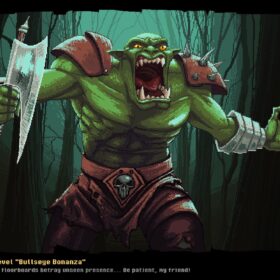



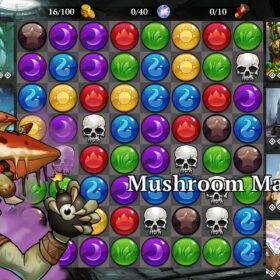
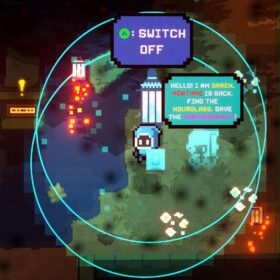





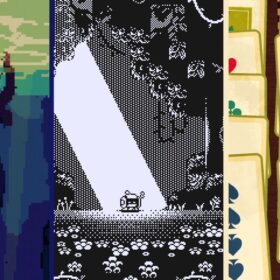
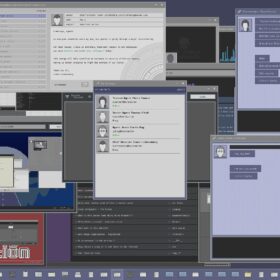
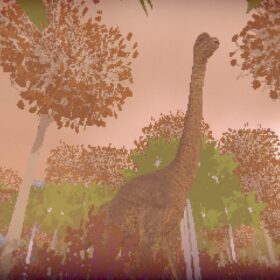

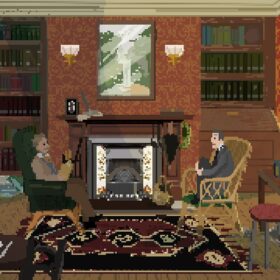
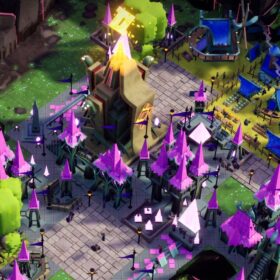
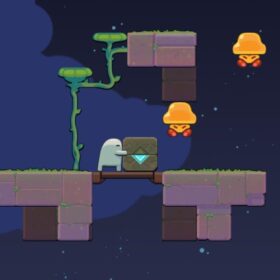


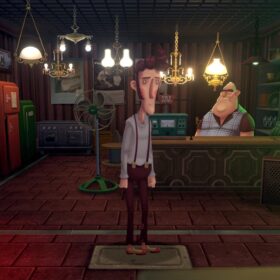
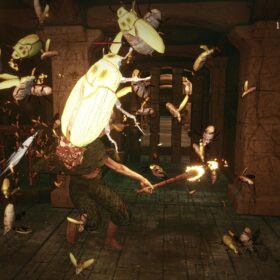

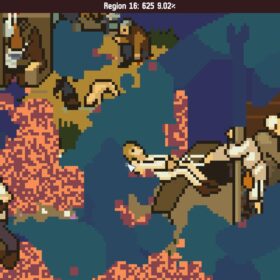
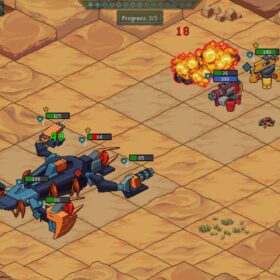

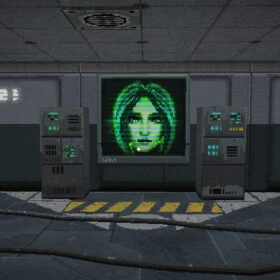

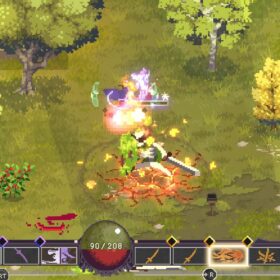
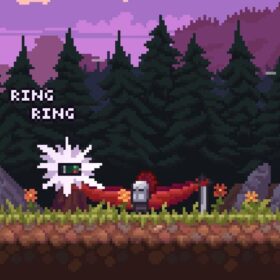

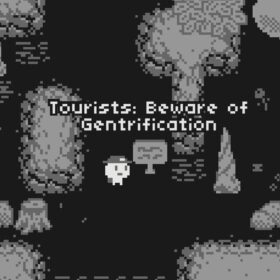


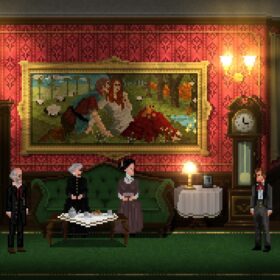

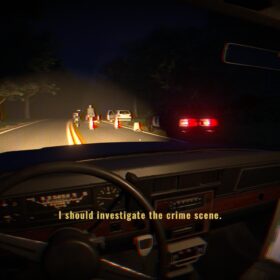
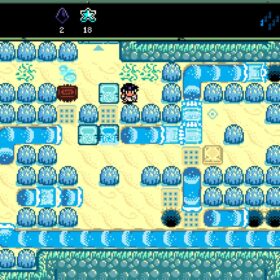
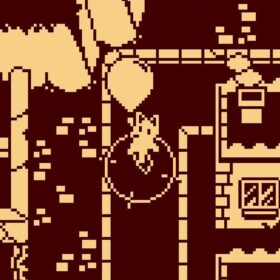
Jack Lance is absolutely brilliant and has released many games using the PuzzleScript engine. I believe an easier and still clever one would be Coin Counter: https://www.puzzlescript.net/play.html?p=9ebe1e5ad44ac22259343de170a3b337
I got up to 61 and then decided it was too late… but I will be back, Coin Counter, I will be back. I will count your coins!
Thanks for the excellent free game suggestion.
Coin Counter – fiendish, simple, amazing!!
I finished it and it was charming and great!